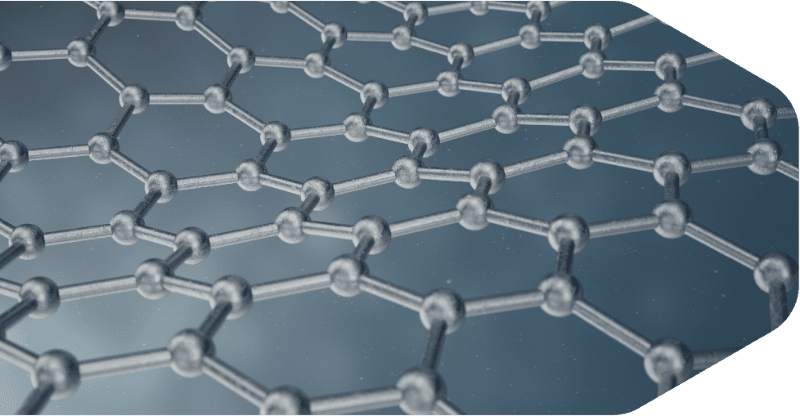
Steve Griffiths, Senior Vice President, Research and Development, Khalifa University in conversation with Adrian Nixon, Editor of the Nixene Journal.
Can you tell me about your approach to knowledge acquisition?
We have a clear and organised approach at Khalifa University of Science and Technology. Our research priorities are addressed in two categories – “verticals”, which align directly with specific industry and sector needs, and “horizontals”, which relate to technical platforms and expertise that are utilized across industries and sectors.
We have a close partnership with the University of Manchester and support the Graphene Engineering Innovation Centre, where I am serving as a board member. The GEIC offers access to purpose-built graphene laboratories for scale-up of early-stage research and the ecosystem of talent that can help us explore and exploit the potential of these exciting new materials together.
How does graphene fit with your strategic approach?
Our view extends beyond graphene to the wider family of emerging two-dimensional (2D) materials, that are just one atom thick yet possess outstanding strength, electrical and thermal properties.
We see graphene and related 2D materials as an exciting component of one of our “horizontal” technical platforms; Advanced Materials and Manufacturing. Looking through the “verticals” lens of our strategic approach allows us to focus on the applications of these new materials. We see possibilities in the following areas of interest:
Water and Environment: Membranes for desalination and water treatment are exciting us. Graphene oxide, and more specifically reduced graphene oxide, has our attention for desalination applications.
Healthcare: Opportunities to explore 2D materials to aid diagnostics in novel sensing applications as well as other forms of medical technology.
Aerospace: Here we see graphene composite materials providing opportunities to lightweight structures while imparting additional performance benefits. Completely new structural designs are becoming possible through the harnessing of 2D material multifunctional properties, such as electrical and thermal conductivity with improved physical stability.
How do you see the emerging technology of graphene developing?
More broadly, we perceive the emergence of graphene technologies in a similar way to how Artificial Intelligence (AI) has evolved over the course of the past few years. Graphene, like AI, means different things to different people and has received a lot of hype. Initially graphene was thought to be the potential solution to everything. Now, however, we are starting to learn how to apply this rapidly developing technology to solve real world problems.
New focus on the utility of graphene brings awareness of opportunities. For instance, we would like to see more attention paid to the role of advanced materials like graphene in the evolving circular economy. Graphene, for instance, presents a great opportunity to bring enhancements to ordinary but widely-used materials such as cement and asphalt. Recent results from real world demonstrations show us that roads can potentially last twice as long when very small amounts of graphene are added to the asphalt. New findings also show that very small amounts of graphene added to cement, as little as 0.05 percent by weight, can improve its mechanical strength by up to 40%. Such strength improvements in cement can reduce by about 50% the amount of material required to make concrete and therefore provide a considerable reduction in the carbon emissions associated with the construction sector.
Such opportunities for graphene to help reduce global carbon emissions are surprisingly not yet a major part of the mainstream sustainability conversation. This, however, can be fixed with more examples like asphalt and concrete. Graphene and 2D analogues have their part to play in the advanced materials revolution, which coincides with other key global topics like sustainability.


© Copyright 2025 Nixene Publishing Privacy Policy Cookie Policy Website Design by Pivotal Marketing